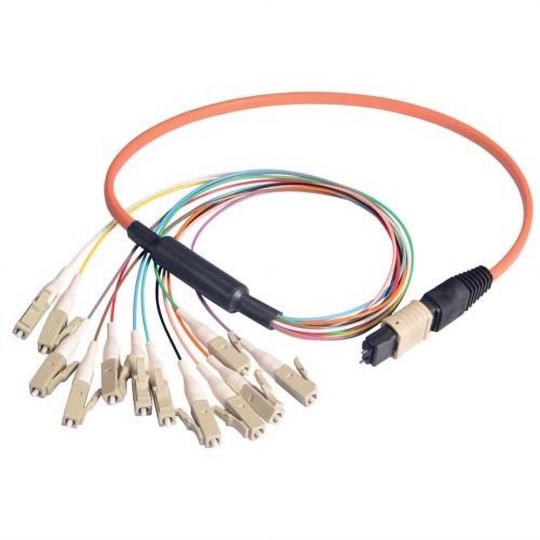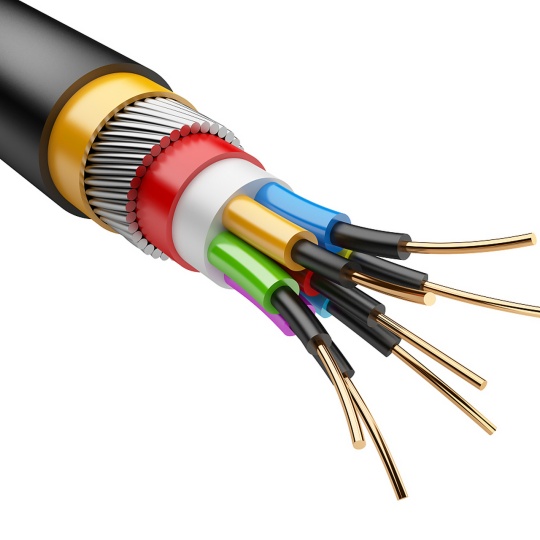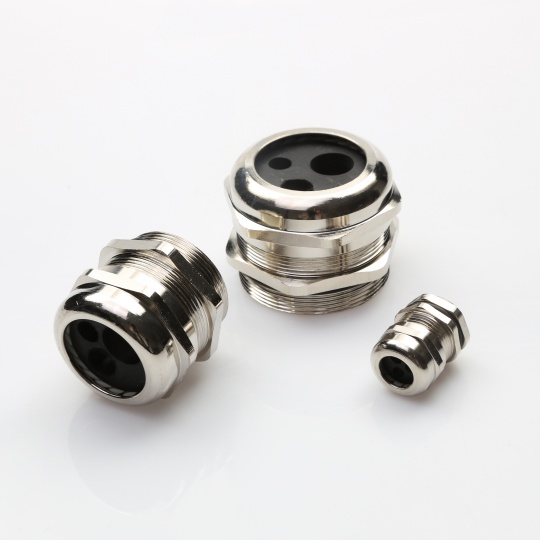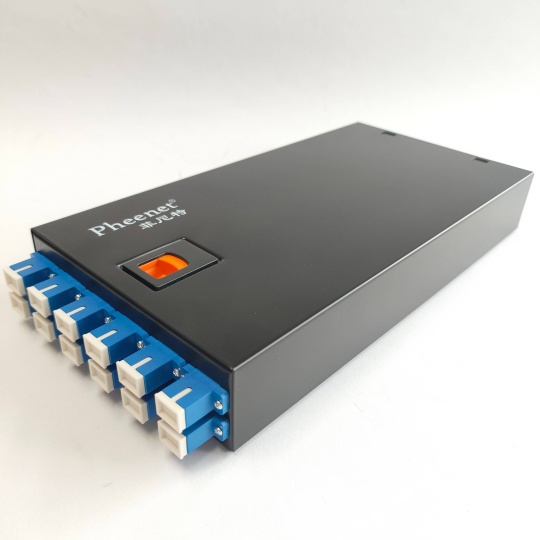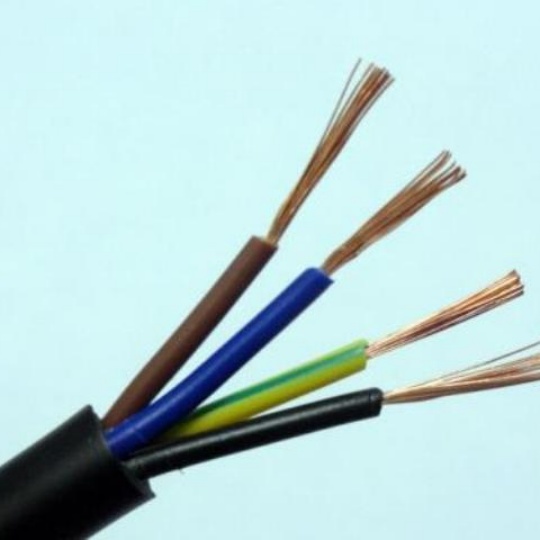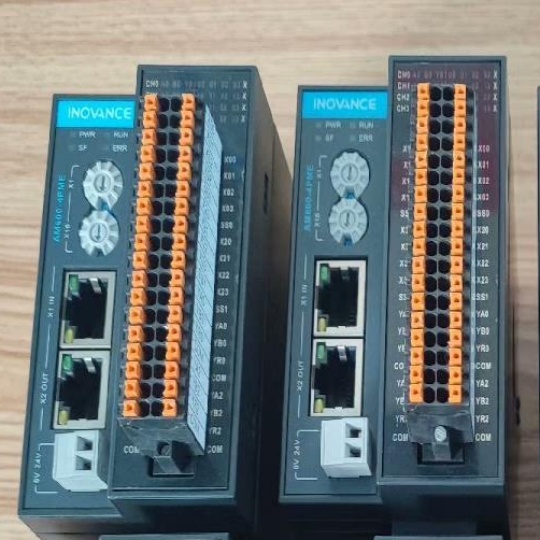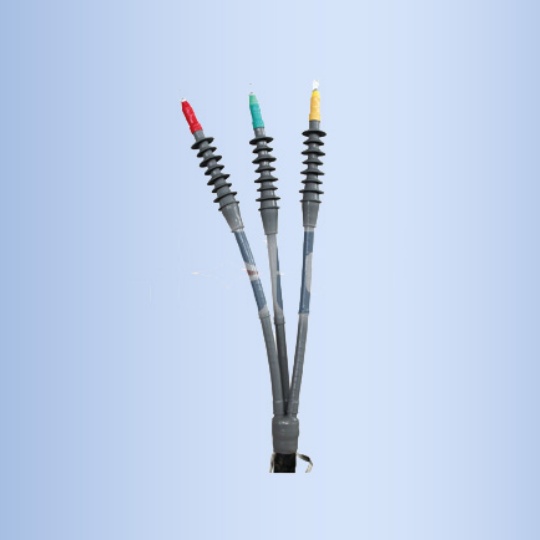How to Optimize Cable Lengths in Industrial Cable Assembly Installati...
In the complex world of industrial automation, machinery, and control systems, cable assemblies are the vital nervous system. Getting their lengths right isn’t just about neatness; it’s a critical engineering decision impacting performance, safety, maintenance, and the bottom line. Optimizing cable lengths in industrial installations is a fundamental step towards achieving operational excellence. This guide delves into proven strategies to ensure your cable lengths are precise, efficient, and future-proof.
Why Optimizing Cable Length Matters
Ignoring cable length optimization leads to tangible problems:
- Excess Length Issues:
- Cost Inflation: Wasted cable material, especially for long runs or expensive cables (fiber optic, shielded).
- Installation Hassles: Bulky coils are difficult to route neatly through trays, conduits, or machinery.
- Tripping Hazards & Damage: Loops and slack create trip hazards for personnel and increase the risk of cable damage from abrasion, crushing, or snagging.
- Signal Degradation (EMI/RFI): Large loops act as antennas, potentially picking up electromagnetic interference (EMI) or radiating noise, affecting signal integrity (critical for data, sensors, comms).
- Heat Buildup: Coiled cables trap heat, potentially exceeding temperature ratings and reducing lifespan.
- Aesthetics & Professionalism: Messy installations reflect poorly on workmanship and can hinder inspections.
- Insufficient Length Issues:
- Connection Stress: Taut cables strain terminations (connectors, terminals), leading to premature failure, broken conductors, or intermittent connections.
- Impeded Movement: Cables connected to moving parts (robots, actuators, doors) without adequate slack will restrict motion or fail quickly due to constant flexing stress.
- Maintenance Nightmare: Replacing components becomes difficult or impossible without dismantling adjacent equipment if cables lack service loops.
- Safety Risks: Over-tensioned cables can snap unexpectedly or pull equipment out of alignment.
Strategies for Optimizing Cable Lengths
Achieving optimal cable length requires a systematic approach combining planning, measurement, and best practices:
- Meticulous Planning & Design:
- Detailed Schematics & Layouts: Use accurate CAD drawings or plant layout software showing exact equipment locations, cable tray/conduit paths, junction boxes, and termination points. Don’t rely on approximations.
- Define Routing Paths: Precisely map the intended route for each cable assembly, accounting for vertical drops, bends, and obstacles. Avoid the “shortest air distance” fallacy – cables follow physical paths.
- Identify Fixed & Moving Points: Clearly distinguish between stationary equipment and components with expected movement (e.g., machine slides, robotic arms). This dictates where slack is critical.
- Standardize: Where possible, standardize cable lengths for similar applications to simplify ordering, inventory, and replacement.
- Precise Measurement Techniques:
- On-Site Measurement (Gold Standard): Whenever feasible, measure the actual path the cable will take after equipment is positioned. Use flexible measuring tapes, string lines, or laser distance measures. Factor in all bends and vertical sections.
- Template Cables: For complex or critical runs, create a “dummy” cable (e.g., string, rope) following the exact route. Measure this template accurately.
- Laser Scanning: For large or complex facilities, 3D laser scanning can create highly accurate digital models for precise virtual cable routing and length calculation.
- CAD Software Tools: Utilize cable routing modules within CAD or specialized harness design software that can calculate lengths based on defined 3D paths, incorporating bend radii.
- Incorporating Essential Allowances:
- Bend Radius: Never underestimate this! Every cable has a minimum bend radius (specified by the manufacturer). Add sufficient length to accommodate smooth bends without kinking or stressing the cable, especially at termination points and tray exits. Tight bends damage conductors and shielding.
- Service Loops: Intentionally include extra length (typically 10-15% extra, or 1-2 feet at termination points) strategically coiled near equipment or junction boxes. This allows for:
- Future re-termination (if ends get damaged).
- Equipment movement or re-positioning during maintenance.
- Easier troubleshooting access.
- Strain Relief & Termination: Account for the length consumed by cable glands, connectors, and the termination process itself inside enclosures or on equipment.
- Movement & Vibration: For cables connected to moving machinery:
- Calculate the full range of motion.
- Ensure sufficient slack at the extremes of movement.
- Consider using energy chains (cable carriers) to guide and protect moving cables – length must be calculated specifically for the carrier’s path.
- Thermal Expansion/Contraction: In environments with significant temperature swings, cables can expand and contract. While usually minor, consult manufacturer specs for critical long runs in extreme conditions.
- Accounting for Electrical Performance:
- Voltage Drop: For power cables (especially low voltage like 24V DC sensors/actuators) and long signal runs, excessive length increases resistance, leading to voltage drop. This can cause equipment malfunction or unreliable operation. Calculate voltage drop and ensure cable length/gauge combination keeps drop within acceptable limits (often <3-5%).
- Signal Integrity: Long cable runs for high-speed data (Ethernet, Fieldbus) or sensitive analog signals can suffer from attenuation, crosstalk, and timing issues. Follow maximum length specifications for the protocol (e.g., Ethernet Cat6 is ~100m). Consider repeaters or fiber optics for very long runs.
- Effective Management of Excess Length:
- Avoid Large Coils: Never coil excess cable tightly. Large coils exacerbate EMI and heat issues.
- **”Figure-8″ Coiling:** For moderate excess at termination points, use the figure-8 method to prevent signal phase issues (relevant for some data/comm cables).
- Dedicated Service Loop Areas: Designate specific, accessible locations (e.g., near control panels, above junction boxes) for neatly storing service loops using velcro ties or loop clamps – avoid cable trays for large loops.
- Cut to Length: If significant excess is unavoidable and cannot be managed safely/neatly, cutting might be necessary. However, prioritize accurate measurement to minimize this waste.
Best Practices for Installation & Documentation
- Label Both Ends: Clearly label cables at both termination points according to your schematic. This is crucial for troubleshooting and future modifications.
- Secure Routing: Use appropriate cable ties (avoid over-tightening), clamps, cleats, and tray systems to secure cables along their entire route, preventing sagging, movement, and stress points.
- Maintain Separation: Separate power cables from signal/data cables where possible, using different trays or compartments, to minimize EMI interference. Follow relevant standards (e.g., NEC, IEC).
- Document As-Built: Update drawings and documentation with the actual installed lengths and routing paths. This is invaluable for future maintenance, expansion, or troubleshooting.
- Train Installers: Ensure installation crews understand the importance of length optimization, bend radius, service loops, and proper securing techniques.
Conclusion: Precision Pays Dividends
Optimizing cable lengths in industrial installations is far from a trivial task. It demands careful planning, precise measurement, and an understanding of mechanical, electrical, and operational requirements. Investing the time and resources upfront to get cable lengths right delivers significant returns:
- Reduced Material Costs: Minimize waste on expensive cabling.
- Enhanced Reliability: Prevent connection failures, signal issues, and premature cable damage.
- Improved Safety: Eliminate trip hazards and reduce risks from damaged cables.
- Easier Maintenance & Troubleshooting: Service loops and proper labeling save time and frustration.
- Professional Appearance: Clean, organized installations reflect quality.
- Future-Proofing: Accommodate minor equipment shifts and simplify modifications.
By implementing the strategies outlined above, engineers, project managers, and installation teams can ensure their industrial cable assemblies are not just connected, but optimized for peak performance, longevity, and cost-effectiveness. Make cable length optimization a cornerstone of your next industrial project.


